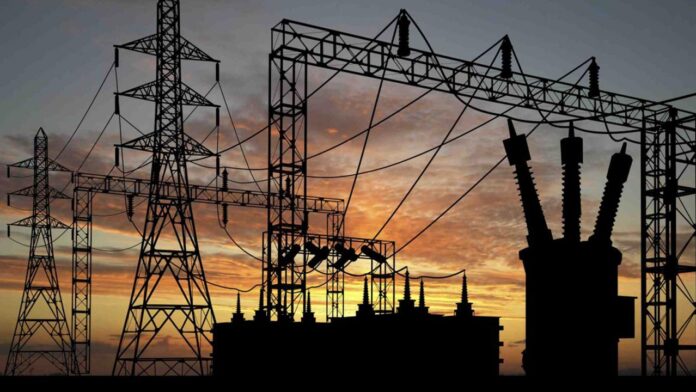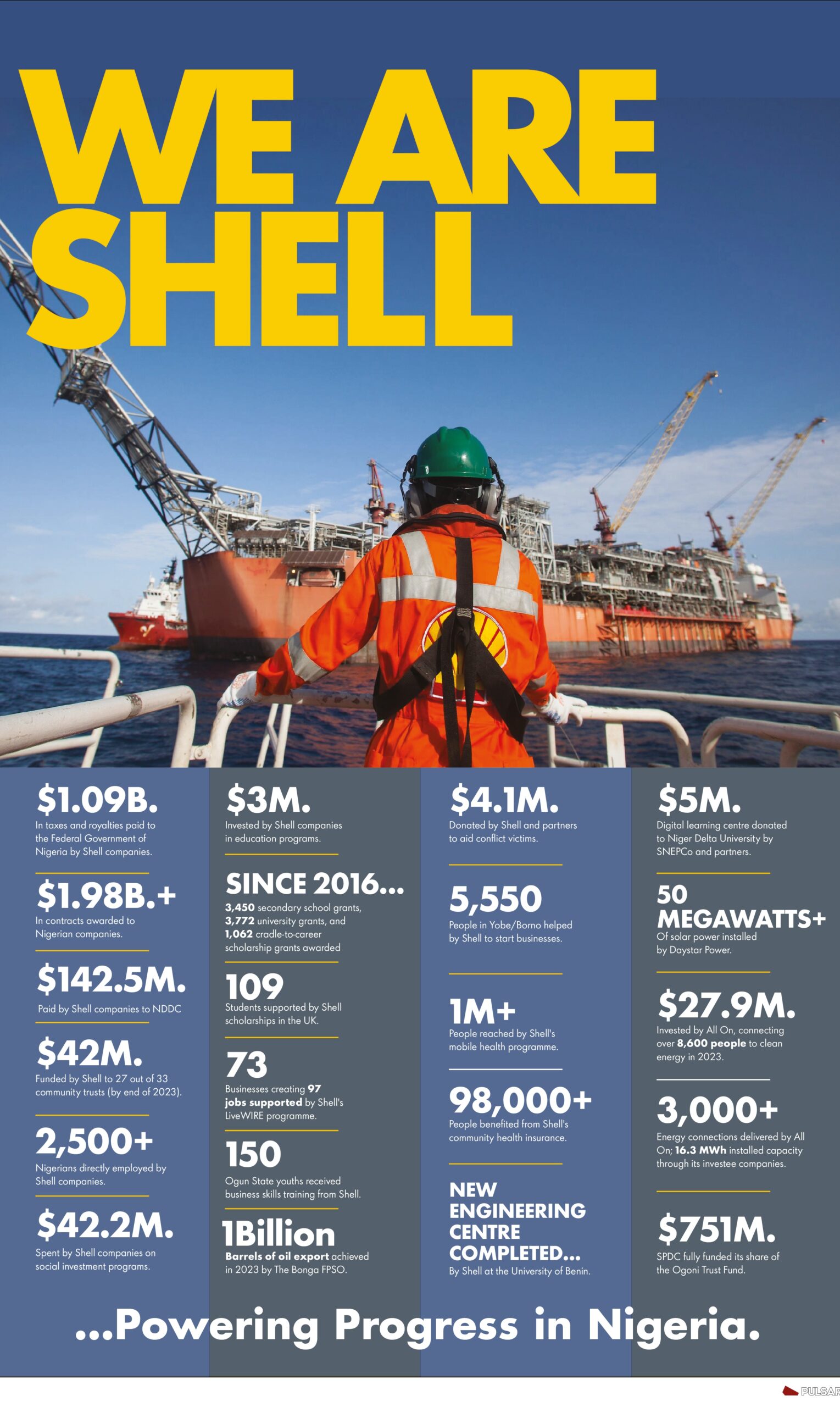
Hanifa’s Killing : Ganduje Revokes License Of Private Schools,Court Remands Two Suspects
The Kano state government has revoked certificates of all existing private schools in Kano. It has also constituted a panel comprising of the ministry of Justice, Department of State Service, (DSS),















